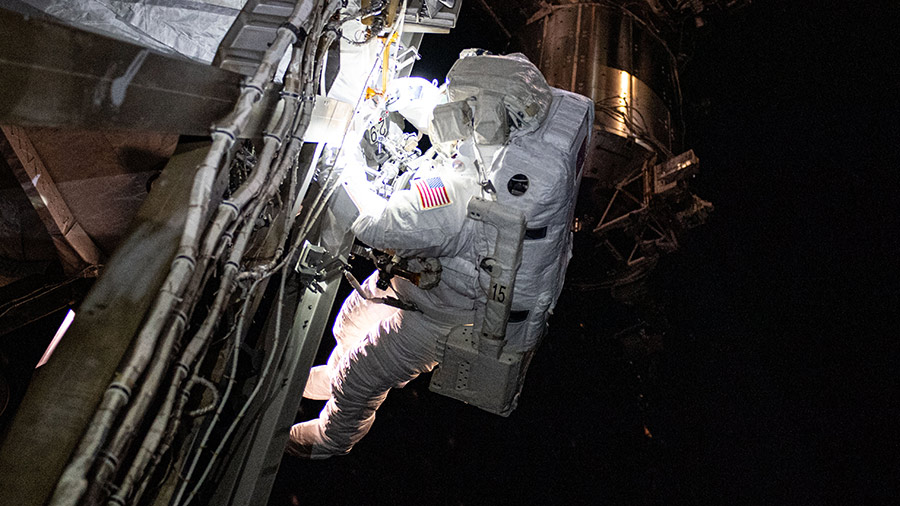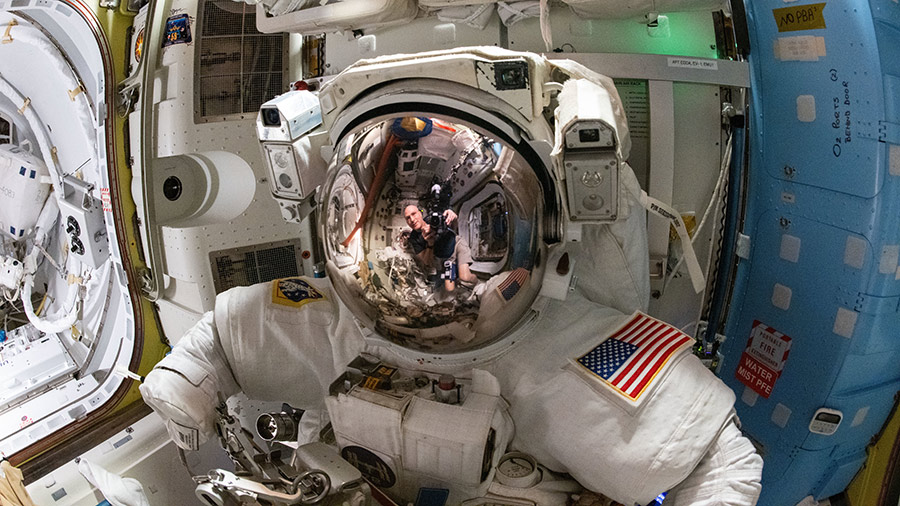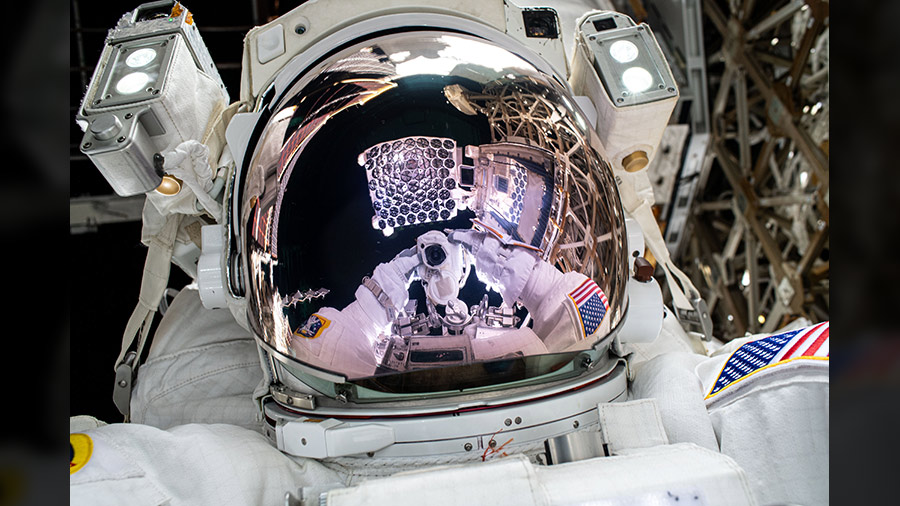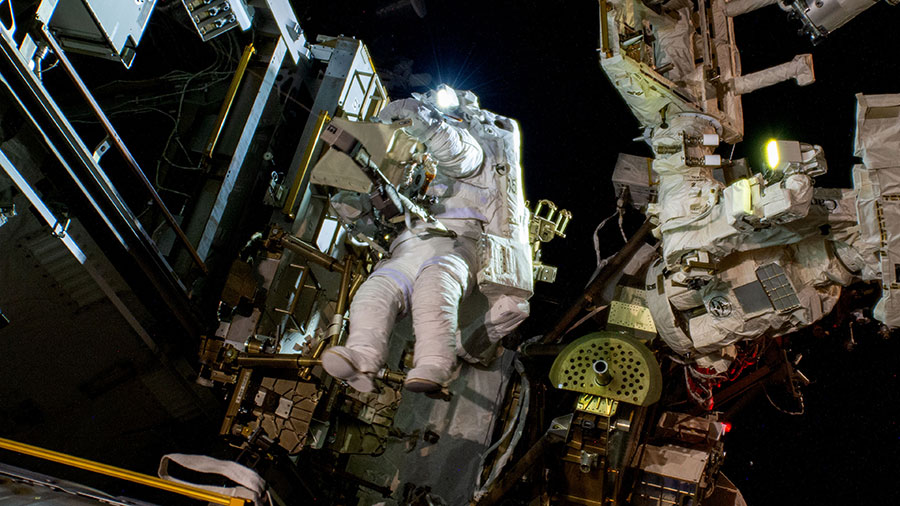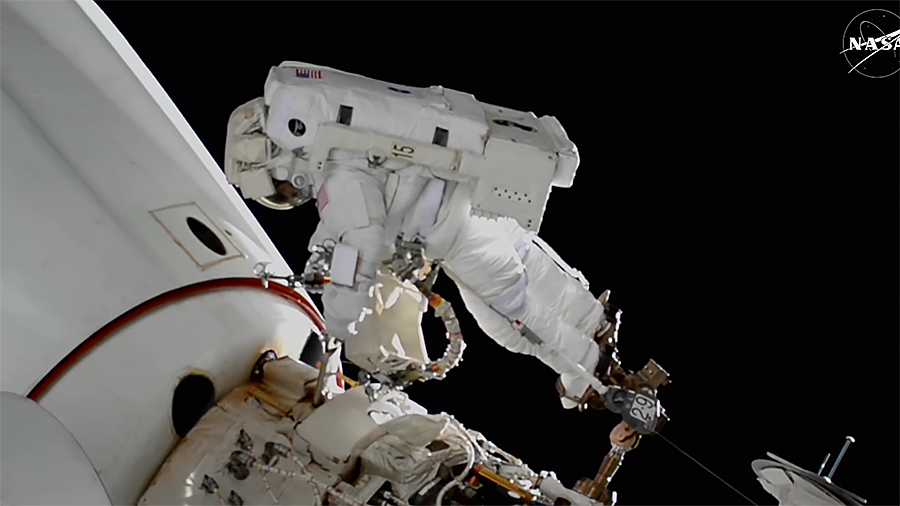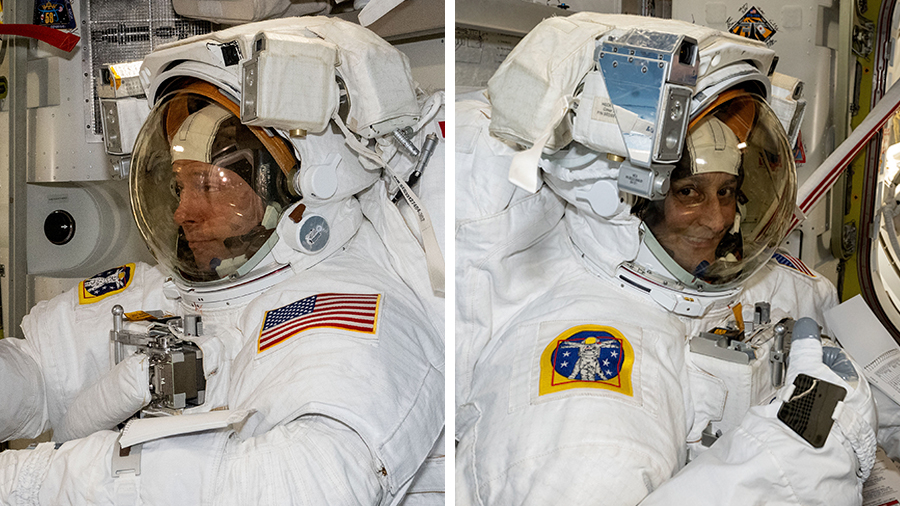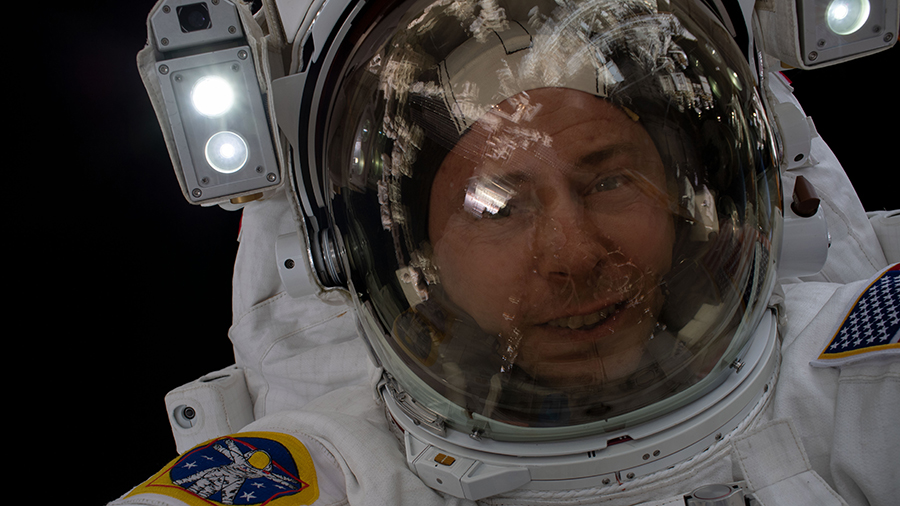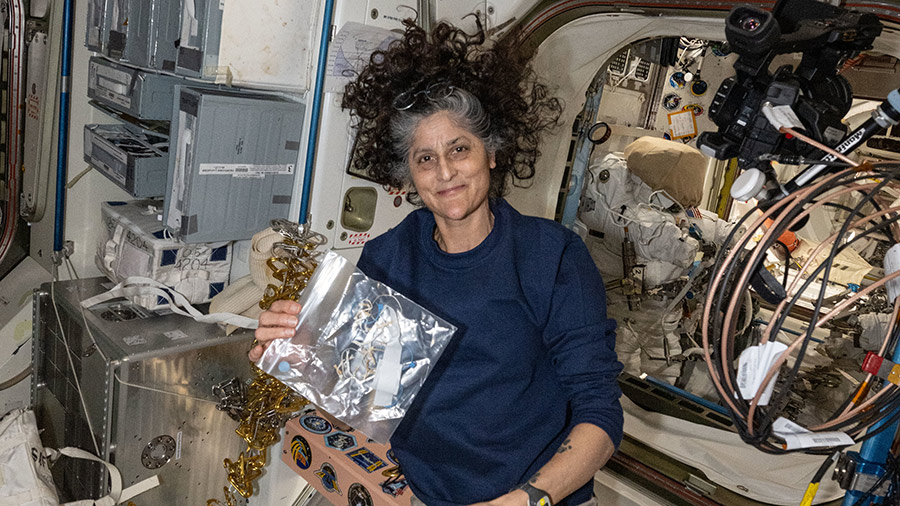
Spacewalk preparations and space gardening were the main duties aboard the International Space Station on Tuesday. The seven Expedition 72 crewmates also serviced electronics systems and packed a cargo craft for its upcoming departure.
Commander Suni Williams and Flight Engineer Butch Wilmore began their day with standard health checks required for astronauts getting ready for a spacewalk. The duo checked vital signs including temperature, blood pressure, and breathing rate then transferred the data to a tablet computer for review by doctors on the ground. Both astronauts later gathered inside the Quest airlock and continuing to gather and organize their spacewalking hardware including tethers, pistol grip tools, and other task-specific gear.
Williams and Wilmore are due to set their spacesuits to battery power at 8 a.m. EST on Thursday signifying the official start time of the second spacewalk of 2025. The two NASA astronauts will exit Quest and spend about six-and-a-half hours removing radio communications hardware and searching for microbes outside the orbital outpost. NASA+ will begin its live spacewalk coverage at 6:30 a.m.
NASA Flight Engineer Nick Hague participated in the spacewalk preparations Tuesday collecting the hardware necessary to remove the radio frequency group antenna assembly. Next, he photographed the tools Williams and Wilmore staged inside Quest for documentation. Hague wrapped up his shift reconfiguring computer network hardware then resupplying medical kits with blood tubes, needles, gloves, and more inside the Human Research Facility racks.
NASA Flight Engineer Don Pettit spent his day working on space agricultural hardware to learn how to grow food in space and sustain future crews on long-term missions to the Moon, Mars, and beyond. The four-time station visitor first watered thale cress plants growing to understand the effects of microgravity and ultraviolet radiation on plant life. Afterward, Pettit removed research components from inside the Advanced Plant Habitat that recently hosted a small crop of red lettuce that was harvested and preserved and will soon be tested for its nutritional value.
Exercise research, cargo packing, and lab maintenance topped the schedule for the cosmonauts working in the Roscosmos segment of the orbiting lab. Flight Engineer Aleksandr Gorbunov attached electrodes to himself and jogged on a treadmill for a physical fitness evaluation in the Zvezda service module. Flight Engineer Alexey Ovchinin spent his day loading trash and discarded gear inside the Progress 89 cargo craft due to depart Zvezda next month. Flight Engineer Ivan Vagner spent his day inside Zvezda installing new command and telemetry hardware that can communicate with Soyuz and Progress spacecraft, ground stations, and orbiting satellites.
Learn more about station activities by following the space station blog, @space_station and @ISS_Research on X, as well as the ISS Facebook and ISS Instagram accounts.
Get the latest from NASA delivered every week. Subscribe here: www.nasa.gov/subscribe

